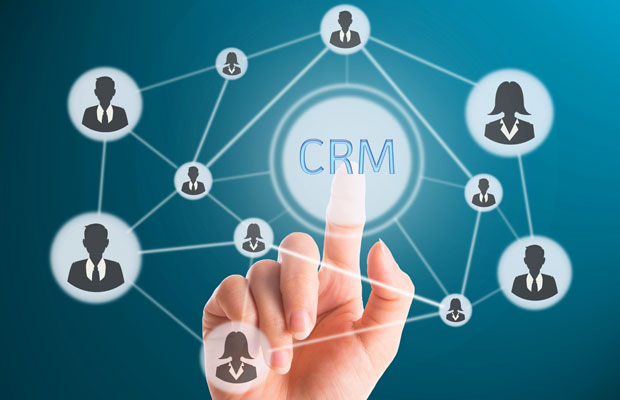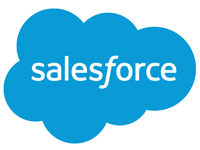This is delicate and I will be scrupulously neutral in these paragraphs so as to offend no one, but I thought it would be fun to attempt an interpretation of the current political climate from the perspective and sensibilities of CRM.
Can this really work? You be the judge.
It will be different from any other analysis you might have come across because I do not wish to discuss candidates. I am all about the customer.
Two CRM issues inform politics this year: 1) empowering the customer, which I wrote about in Solve for the Customer, and 2) engaging the customer to produce loyalty, which is the focus of my new book, You Can’t Buy Customer Loyalty, but You Can Earn It (available in May).
First empowerment.
Power Shift
It is a clich of our times that the power in most vendor-customer relationships has transitioned from vendors to customers, thanks to the ubiquity of the Internet and social communities that readily share information, often cutting out the vendor in the process.
That is not precisely what’s been going on in politics because, as a free society, we’ve always had an abundance of information, at least in theory, through a free press.
In reality, until cable news and the innumerable Web outlets for every viewpoint appeared, space limitations in newspapers or time limits for newscasts left many topics unexplored.
Thus, information was held closely, with some cooperation from the fourth estate. You need look no further than the scandals of the last several decades and compare them to the kiss-and-tell histories of earlier times to know that journalists in olden days avoided many opportunities to show that political leaders had feet of clay.
Political customers, like people in every other aspect of life, have become empowered with information they didn’t expect to have even a generation ago. That abundance of information has not served the political process very well based on this cycle, but not because transparency is bad.
Information has shown that the political practitioners have for some time turned a blind eye to their customers. They have ceased to be engaged at precisely the same time that technology has made engagement more commonplace in almost every other aspect of life.
Missed Opportunities
The failure to engage can be seen clearly in the vitriol that the electorate expresses for establishment politicians. In issue after issue, one side or another has campaigned with promises to do better or to fix something and then failed to deliver.
In the most noncontroversial example I can find, a stagnation or outright decline that is well-documented and keenly felt throughout the working and middle classes has replaced the rising American living standard that was driven by increasing productivity in the workplace. It’s analogous to a vendor repeatedly missing an opportunity to meet a customer’s needs in a moment of truth. Such a repeated failure is lethal to both vendors and politicians.
The customer response has been a form of populism that expresses itself differently depending on one’s position on the political spectrum. Worse, in many cases, the establishment’s response is a tone-deaf attempt to bring voters back with further promises of future benefits.
It’s as if a customer has returned to a store with a defective product, and all the vendor can think of doing is to offer a big discount on a future purchase. In the CRM world, customers often have gone bananas over such tactics. You need only survey sentiment sites or search online for your favorite company while appending the word “sucks” to see the lingering effect.
Repairing the Relationship
Solutions for the political process are analogous to repairing the vendor-customer relationship.
First, acknowledge the problem and validate the customer. That means listening more than talking or marketing, which is very hard to do once an election campaign is underway. Until you’ve listened, however, you might not understand what needs to be fixed, and you won’t have the credibility to make the attempt in any event. It’s easier to do this in business.
The next step is to transition quickly from diagnosis to prescription. That also is difficult but not impossible, because it involves revising the traditional political scripts, which mostly deal with old pieties and not with specifics. It is complicated by the fact that at this point, short-attention-span customers want actions and not plans, but such is the nature of elections.
Business is fortunate in that elections happen every day — customers buy or they don’t, they engage or give up on you. If you lose a relationship, you aren’t out of it totally. Each new day is a chance in business to get it right, with no need to wait until after an election that could be months in the future. Politicians should be so lucky.



























































Correct, except that in doorstep canvassing, politicians and their supporters routinely listen to voters. We even hand out 60 second survey forms, to find out which issues are most important for voters in each street. And bigger parties do social media sentiment analysis all the time (as well as trying to get followers to sign petitions).
It is just messages via the mass media that fail to engage. But mass media adverts and interviews no longer win elections.
I speak from experience as the elections co-ordinator for the Green Party in Oxford. The ground campaign is nothing like the version shown on TV.
very informative blog.gained more knowledge on CRM lens and its uses. thanks for producing this information